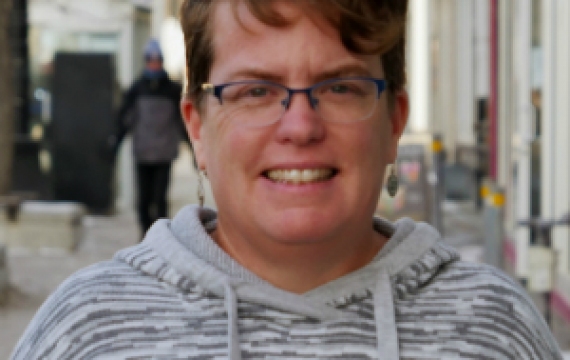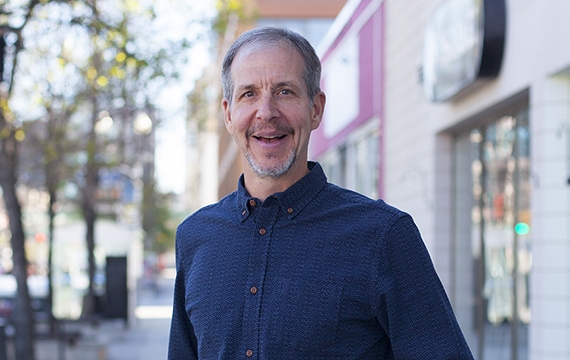
From the field: Practicum reflections from Guatemala

When I first arrived in Santiago, it was around 8 PM on a Tuesday night. It was dark, and when I arrived at my house and got out of the van, I was intrigued by the stairs leading up to my place. After being here for a couple of days and exploring the town, I realized that many houses are in fact very vertical, which is the opposite from my very sprawled out suburban city. Another thing that immediately jumped out for me, being a dog lover, was the amount of dogs that I saw around town. Unfortunately these dogs were not pets and were not taken care of, though they have now become loyal friends of mine when walking through the streets of Santiago.
Nighttime in this town is quiet. The local people will generally not be out after dark unless they are going to church. The streets are relatively quiet until church starts or lets out, when you can see a flow of people coming and going from the evening church service. In regards to religion, the only faith option here in Santiago is Christian, and amongst that, you are either Evangelical or Catholic. In Santiago, those are the only options.

Photo courtesy Carly Savoie
When roaming the streets of Santiago you will almost always run into children playing, or what I love to see, a young six year-old child holding their baby brother or sister. This is a distinct difference for me, having grown up in North American helicopter parent culture. Parents from where I’m from would never leave their baby in the hands of their six year-old child, to be playing on the streets with rocks and eating dirt. This would never occur. In Guatemala this is a common scene. Kids are out playing with each other, with their neighbours, friends, or siblings. Soccer is a popular sport here so you will often see a ball being kicked around. This idea of ‘playing outside’ is one being lost to technology and the World Wide Web in developed countries. Therefore, I have enjoyed the refreshing sight of kids being kids in the real world, getting their hands dirty, and where kicking a ball back and forth is not mandatory for gym class, but contrarily is the funnest part of their day.

Photo courtesy Carly Savoie
After exploring the main street and the market a little, you get to know certain tips and tricks of what to do and what not to do in these places. For example, when you walk past a ‘tienda’ (a little store selling anything from beading to bags to blankets), you must never touch something unless you want to be coaxed in by the owner to either get “good price” or to simply “come in.” The local people who sell items here know a very select English vocabulary, which they use with tourists. Or any white person or ‘gringo’ as they are called here, whether you are just visiting or here long term. The people here are very good at making their handicrafts seem like the only and best option, even though the stores on either side of them sell very similar things. Though they want to sell their product, they are kind and simply want to share their culture with you. Selling is their livelihood, and what they do every single day. A very common profession here in Santiago is to sell, whether it is food or clothing or bags, the local people always have something they can sell you, and rely on this day-to-day income.
Though I was relatively confident in my Spanish skills when I arrived, I was quickly surprised by the amount of people here in Santiago who were not speaking Spanish. Tzutujil is the local Mayan language spoken here in Santiago and for a foreigner, it is very different and very complex and unlike any language I have heard before. I have been trying to pick up on different words and plan on learning the basics of the language, but the language difference was one that I was not expecting when coming to Guatemala.

Photo courtesy Carly Savoie
Santiago is very rich in is culture. For example, when passing someone by on the street you will most often share a phrase like, “buenas tardes.” This is the way you greet others on the street. This is something I found very different from my home in Canada where normally people will not even make eye contact when passing one another. When arriving to the office for a workday, the local Guatemalans will always great each person by saying, “buenas días” and kissing you on the cheek. This is their custom. Once again, this is a refreshing change from unfriendly North American workplaces where you would be lucky to receive a hello.
All in all, after arriving in Santiago, I was pleasantly surprised by the challenging language, gracious people, and interesting architecture. I look forward to the coming months where I will make this little town my home, and am excited to continue to learn about it’s history, culture, and most of all its people.
Carly Savoie is pursuing a 4-year International Development Studies degree and is currently completing her practicum.




